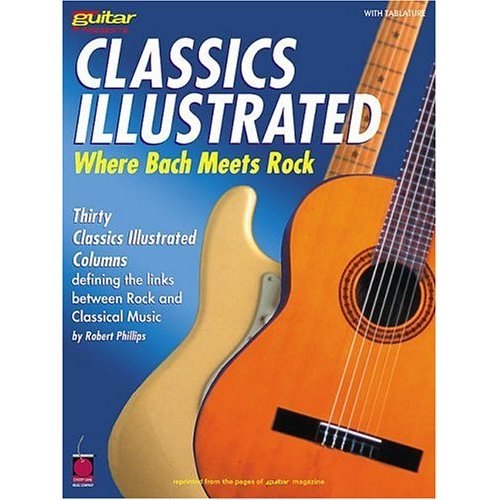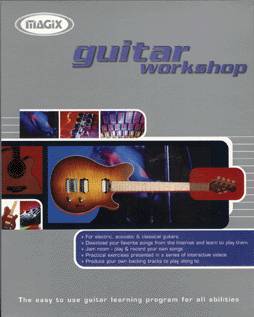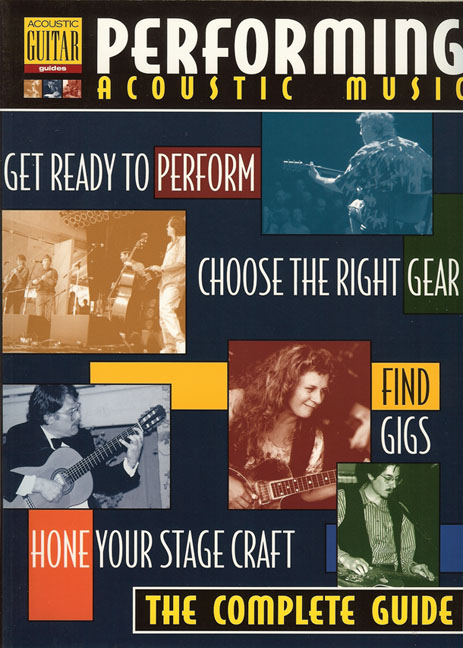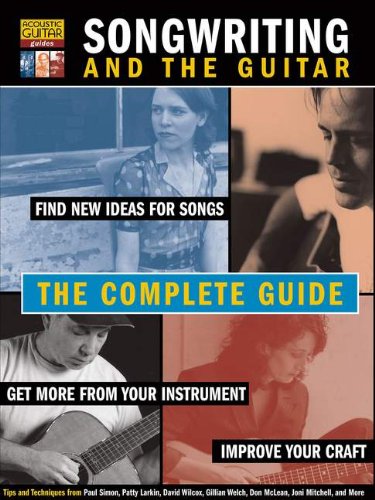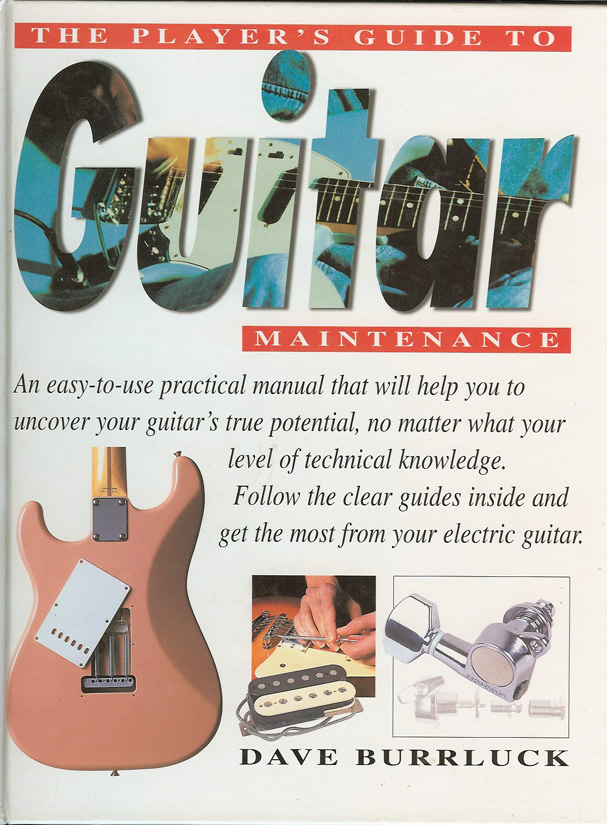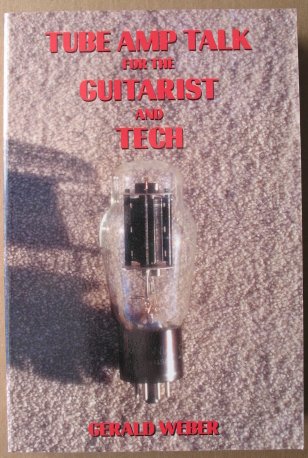Manufacturers
Categories
- Audio Recording Hardware - (306)
- Bargain Basement - (91)
- Computers - (5)
- DJ Hardware and Software - (20)
- EMB Book Shop - (187)
- -Instructional - (80)
- -Audio & MIDI Hardware Tutorials - (22)
- -Bass
- -Drums
- -Guitar - (6)
- -Keyboard Instruction - (10)
- -MIDI - (1)
- -Music Career - (3)
- -Music Theory - (10)
- -Recording - (12)
- -Software Tutorials - (16)
- -Interesting Reading - (45)
- -Sheet Music & Music Books - (9)
- -Video/DVD/Tapes/Records - (53)
- Guitar - (89)
- Live Sound - (88)
- MIDI Hardware - (73)
- Music Software - (1140)
- Support/Lessons - (6)
- Used Gear - (139)
- Video Creation Hardware Software - (8)
Specials [more]

East West Symphonic Orchestra Plat Mac PC Instrument eLicense
$199.00 $119.00
Save: 40% off
Save: 40% off

Antares Auto Tune Access 10 Software eLicense
$49.00 $24.50
Save: 50% off
Save: 50% off
 The Electronic Music Box
The Electronic Music Box



